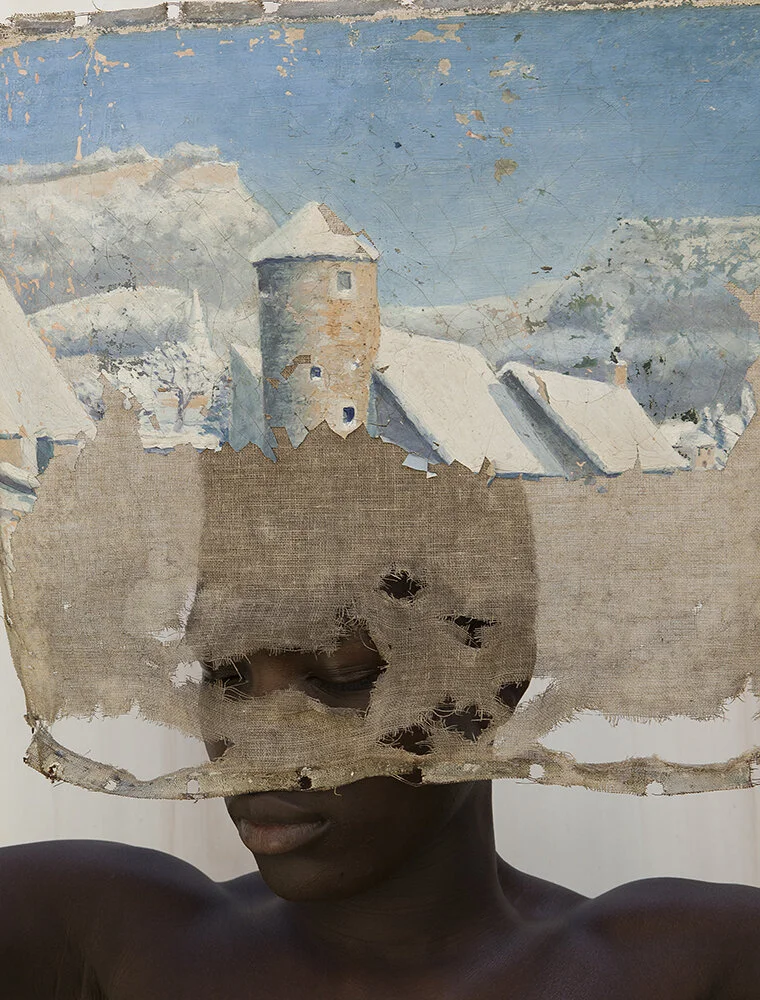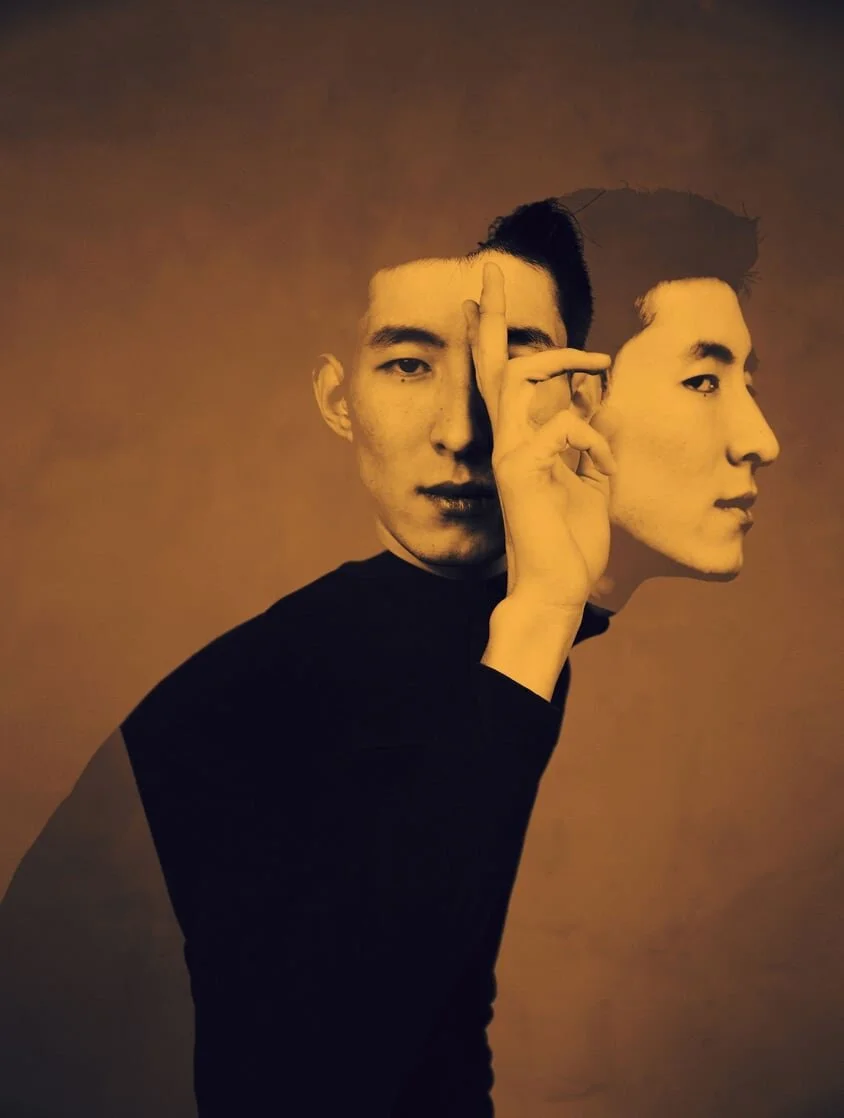Tuesday Reads: Christo & Jeanne-Claude
Nowhere, 2014. © Karel Fonteyne
“No other artist in history has devoted more time to introducing themselves and their art to people around the world than Christo and Jeanne-Claude. The public success of their projects in Switzerland, West Germany, Australia, Italy, France, Japan, the United States and elsewhere is due, not to a small extent, to their willingness and natural gift for teaching. They were the first artists who chose to investigate the impact of their projects on humans and their environment. Many artists feel that educating the public themselves would take too much time away from their work. For Christo and Jeanne-Claude, verbal interaction with the public is an integral part of creativity.”
At a point, one must choose whether to communicate with the majority of people out there - I’m talking cashiers, teachers, footballers, cooks - or rather to stick with those twelve intellectuals she shares her Martinis with while discussing about Freud on a velvety and uncomfortable sofa. Part of the growth of every young artist lies precisely in realising the nature of her sensibility, either cerebral and articulated or empathetic and intuitive. And, in case someone is wondering, the answer is no – there is no right nor wrong direction to head for: both artistic developments are respectable and worth exploring. However, one excludes the other. Or so it seems, when interrogating most people in the art business. One day you will realise, they shrug.
The evil eye (Mal de ojo), 2018. © Liza Ambrossio
Luckily, however, history speaks for itself: though rare and exceptional, there are notable examples of artists that managed to combine these two tendencies by layering their emotions through multiple levels. Just like an increasingly difficult videogame, their creations can be enjoyed both by occasional and dedicated players. Not only that: though the meanings extrapolated from their works vary enormously in terms of undertones, their fervency is unvaried. The magnificent visions brought to life by Christo and Jeanne-Claude, among the most fertile creative couples, have astonished millions of visitors, people who experienced their works of art as an occasional visit to what is defined as the art world. However, their popularity did not prevent them from being fervently appreciated by intellectuals and art-critics as well. While the former appreciated the indisputable otherworldly magnificence of their installations, the latter were enriched by the shift of importance from appearance to content. By the reflections on the sense of preciousness that a temporary nature assigns to any object otherwise neglected, by the use of delicate mediums in challenging weather conditions, by the artists’ persistence in requesting permissions to install their creations.
© Senya Bo
In a similar fashion, photographers and painters are often – subconsciously but markedly – divided in two incompatible strands. Either moving the masses or pleasing a small circle. But then again, how about the gentle greatness of Luigi Ghirri? How about the troubled equilibriums in Richard Avedon? How about the layered fragility behind Cindy Sherman? Moving footballers and art critics alike, these visionaries floated way above the distinctions between cerebral and emotional art.
And how, one might ask, have they reached such layered complexities? No tutorial included, sadly, but a couple points might be helpful to shed some light on the ambivalent nature of these great names’ vision: extraction and abstraction. All the names above, just like the luminaries in any creative field – first and foremost, music – underwent a consistent and determined path of decoding their experience and recoding every emotion in visual form, allowing for empathic communication and broad assimilability of a message. No doubt – the mere act of referring to these rare sensibilities as examples is quite ambitious. However, even Sherman was only Sherman before becoming the Sherman. And yes, either consciously or unconsciously, she refused any preconceived definition of a public for her art. She just decoded and recoded. And wonderfully so.










